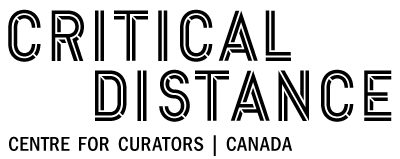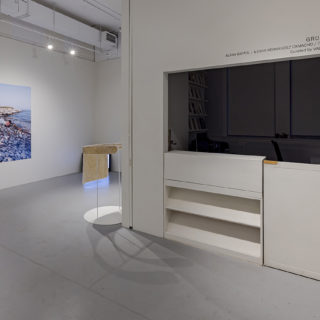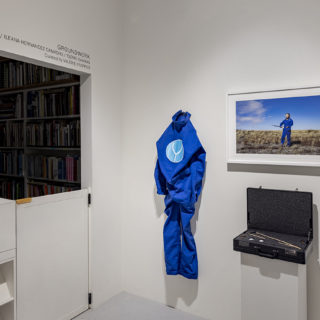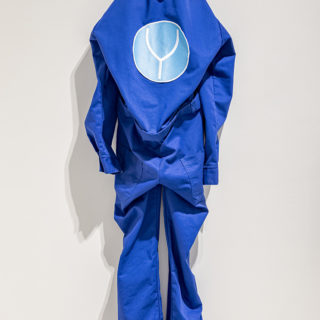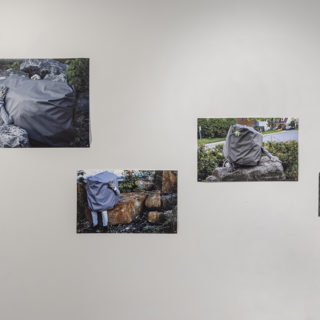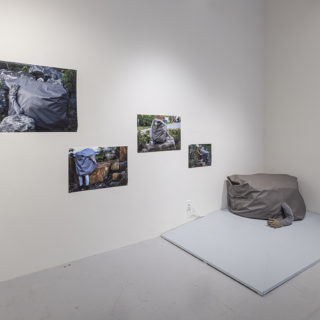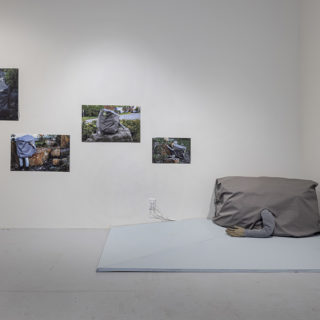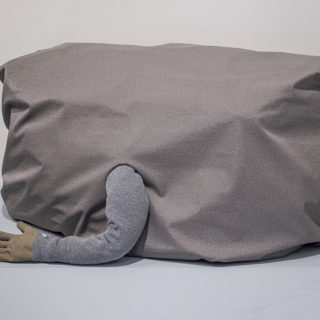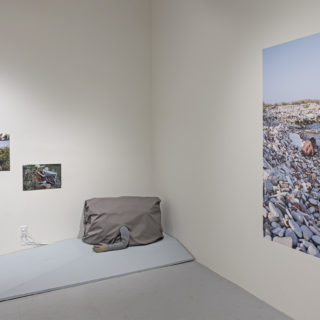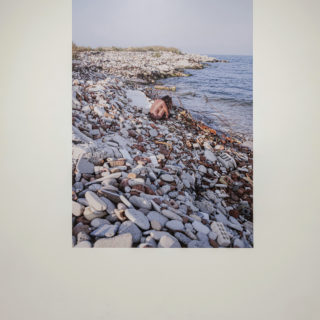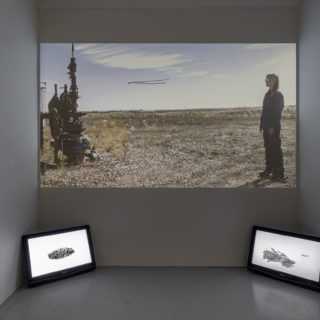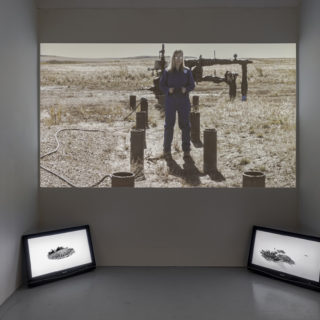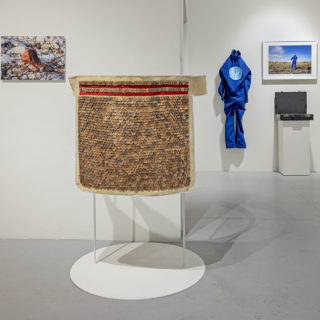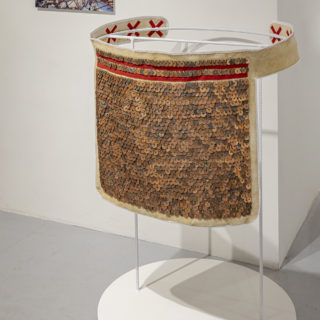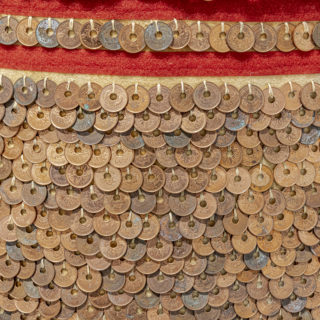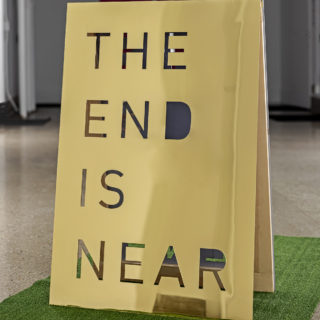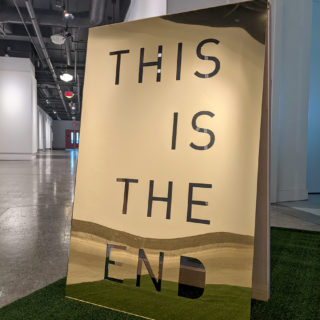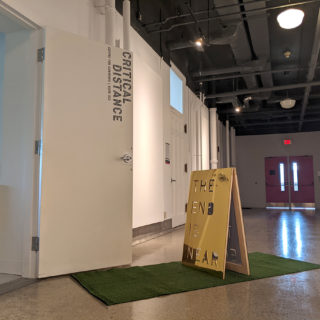EXHIBITION: Groundwork
May 10, 2021 - August 15, 2021Critical Distance Centre for Curators (CDCC) – Core Exhibition
Featured Exhibition at the 2021 Scotiabank Contact Photography Festival
Artists: Alana Bartol, Ileana Hernandez Camacho, Tsēmā Igharas
Curator: Valérie Frappier
In a 2013 interview with Naomi Klein, Michi Saagiig Nishnaabeg scholar Leanne Betasamosake Simpson explains that extractivism is not just the physical process of extracting natural resources, specifically on Indigenous lands, but that it is also a mindset. Simpson defines the term in the following way: “The act of extraction removes all of the relationships that give whatever is being extracted meaning. Extracting is taking. Actually, extracting is stealing—it is taking without consent, without thought, care or even knowledge of the impacts that extraction has on the other living things in that environment.”* Later in the interview, Simpson then turns to the alternative of an extractive mindset, which she describes as being centered in relationships. “The alternative is deep reciprocity. It’s respect, it’s relationship, it’s responsibility, and it’s local.”
Working from Simpson’s definitions as a starting point, this exhibition considers how extractivism operates as a physical process underpinned by a pervasive colonial-capitalist mindset towards land use. By intersecting strands of ecology, geology, and performance theory, Groundwork seeks to grapple with the psychology of extractivism and foregrounds embodied performance as a method to bring focus to its alternatives. Within the scope of Canada’s geography, artists Alana Bartol, Ileana Hernandez Camacho and Tsēmā Igharas employ site-specific performance to question and imagine beyond the colonial-capitalist structures that largely shape humanity’s relationship with the environment.
Groundwork also cites performance scholar Laura Levin’s theorizing of camouflage as a political performance practice in its centering of camouflage strategies. Such strategies critically probe the politics surrounding land use and the constructed binary between the human and the non-human. In her 2014 book Performing Ground, Levin writes that camouflage, used as a political practice, “is as much about revealing as concealing,” as it equally “highlights the non-human site as itself a performing entity, reminding us that the communication between self and setting is rarely unidirectional.” Bartol, Hernandez Camacho and Tsēmā each make use of a camouflage/infiltration strategy in their respective works to build reciprocal relationships with their environments and unsettle the status quo of extractive logics. This reciprocal approach is articulated through the deep attunement they cultivate with their respective locations. Lens-based documentation of the artists’ site-specific interventions, displayed alongside performance remnants such as the garments and tools used during these actions, together transmit dispatches from each artists’ location.
*Leanne Betasamosake Simpson in “Dancing the World into Being: A Conversation with Idle No More’s Leanne Simpson,” YES! Magazine, March 6, 2013.
Image Credit (from left to right):
Ileana Hernandez Camacho, Corps roca, 2018 – ongoing. Documentation of performance, as part of a residency at Verticale – centre d’artistes, Laval, Quebec. Courtesy of the artist.
Tsēmā Igharas, (Re)Naturalize No. 1 (Brick), 2015-16. Photo by Jonathan Igharas. Courtesy of the artist.
Alana Bartol, Dowser, 2016. Documentation of performance at orphan well site in Three Hills, Alberta. Photo by Karin McGinn. Courtesy of the artist.
About the Curator(s)
Valérie Frappier
Valérie Frappier is a white settler Franco-Ontarian curator and writer from Aurora, Ont., currently based in the Toronto region. Frappier’s research and curatorial projects consider questions of gender, race and place within Canadian cultural production and discourses surrounding the climate crisis.
Find out moreAbout the Artist(s)
Alana Bartol
Alana Bartol comes from a long line of water witches. Her site-responsive works explore divination as a way to question consumption-driven relationships to land, water, and natural resources. She is a member of Fathom Sounds, a collective of artists that have come together to think long-term about the health of water and the role artists play in responding to urgent ecological, political, and social issues that collect around water. Of Scottish, German, English, French, Irish, and Danish ancestry, Bartol is a white settler Canadian currently living in Mohkínstsis (Calgary), Alberta.
Find out moreIleana Hernandez Camacho
Ileana Hernandez Camacho is a Montreal-based multidisciplinary artist whose artistic practice explores themes related to femininity, nature, vulnerability and the fragility of being. For several years, she has been working with camouflage as the foundation of her artistic research. She is interested in camouflage as survival and as a practice that allows her to analyze the dynamics of interaction, issues of power in society, social norms and humanity’s insensitivity to the environment.
Find out moreTsēmā Igharas
Tsēmā Igharas is an interdisciplinary artist and member of the Tahltan Nation. She uses Potlatch methodology to create conceptual artwork and teachings influenced by her mentorship in Northwest Coast Formline Design at K’saan (2005/06), her studies in visual culture, and her time in the mountains.
Find out more